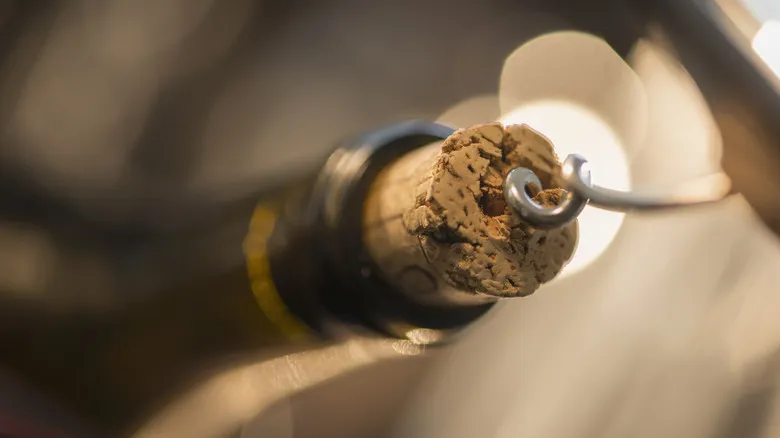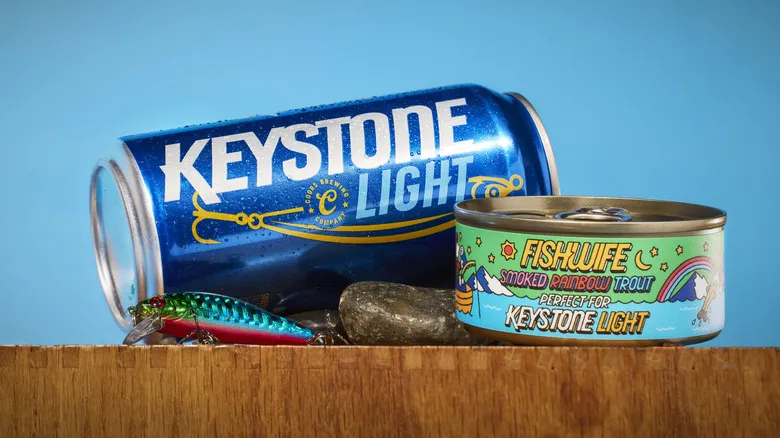The cause of cork taint

Cork taint can arise from various chemicals, with the most prevalent being a compound known as 2,4,6-trichloroanisole, commonly abbreviated as TCA. This compound can sometimes be found in tree bark, which is the material used to make wine corks. Specifically, TCA can develop when fungi, mold, and bacteria naturally present in trees interact with certain chemicals from fungicides and insecticides that linger in the soil long after their application.
Additionally, TCA can form when bleach comes into contact with wood. As a result, cleaning products used in wineries may lead to the formation of TCA in wine barrels or other areas of the facility. This implies that even wines sealed with screw caps can experience cork taint, although such occurrences are rare.
Despite wine being a staple in the human diet for thousands of years (with the oldest known winery operating since 862 AD), documented complaints about cork taint only began to surface in the early 1900s. This suggests that human activities, particularly the increased use of pesticides and harsh cleaning agents, may have contributed to the emergence of cork taint. Estimates indicate that cork taint affects approximately two to seven percent of wines worldwide.
How to detect corked wine

Cork taint is uncommon overall, but if you frequently enjoy wine, there's a good chance you'll come across a corked bottle at some point. To check if your wine has cork taint, take a sniff. Sensitivity to TCA varies among individuals, but if it's present in significant amounts, the wine will emit an unpleasant odor often compared to wet cardboard or a damp dog. The impact on the wine's flavor is more subtle, as cork taint can mute your taste perception, resulting in a bland experience. Generally, if you suspect a wine is corked, it likely is.
Regrettably, once a bottle of wine is affected by cork taint, there's no way to eliminate it. If you're at a restaurant and discover a corked bottle, it's entirely acceptable to return it. However, if the bottle is from your personal collection, it will sadly be a loss. You might try to mitigate the effects by allowing the wine to aerate. Using a wine aerator or pouring it into a decanter can help. If aerating doesn't improve the situation, it's safe to conclude that the bottle is corked and should be discarded.
Recommended

Fishwife Debuts Tinned Fish And Beer Pairing With Keystone Light

Use Sparkling Wine To Whip Up The Fluffiest Scrambled Eggs

The Difference Between A Vineyard And A Winery

When In Rome, Add A Pinch Of Salt To Elevate Your Glass Of Red Wine
Next up

